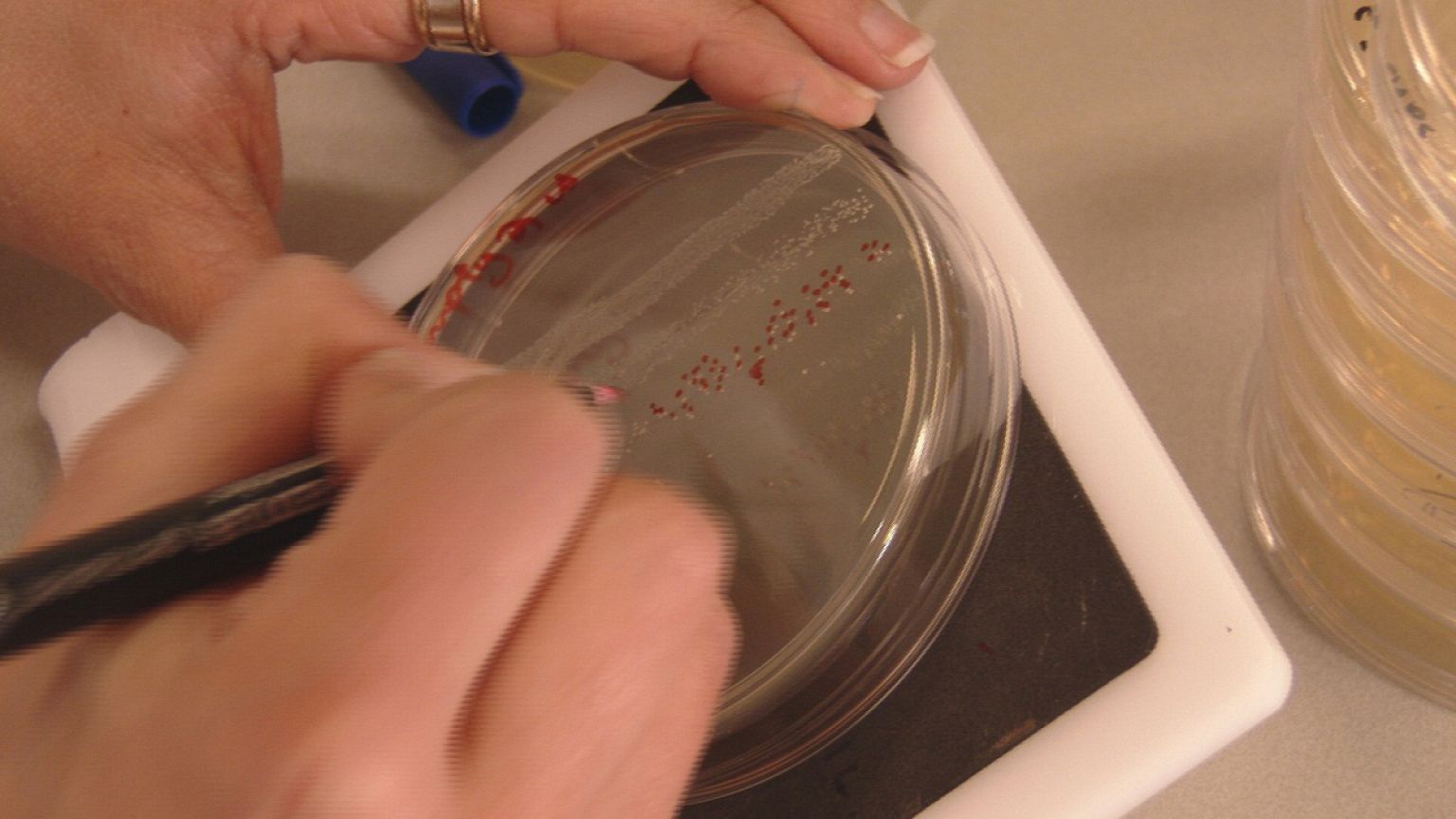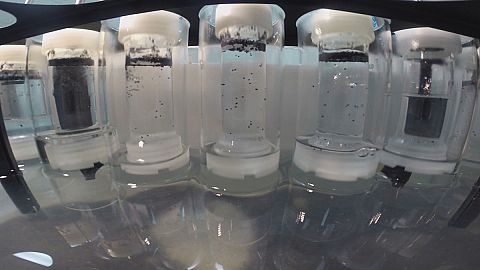Antibiotics have saved countless lives since the discovery of penicillin in 1928, but their indiscriminate use means some diseases have become
Antibiotics have saved countless lives since the discovery of penicillin in 1928, but their indiscriminate use means some diseases have become resistant to existing drugs.
At a nursing home in Utrecht, The Netherlands, Futuris met a woman whose condition is typical of this troubling phenomenon. Joke Leeuew was holidaying in Greece with her husband Gerard when she had a stroke. Things took an even worse turn when, at a local hospital, she picked up an infection that made her treatment much more difficult.
“She was hospitalised at the nursing home, where they found that she was carrying a dangerous antibiotic-resistant bacteria,” explained Gerard. “She had to be quarantined, along with four other people who, by that time, were also infected. And although she didn’t have any bacteria-related symptoms, it was very difficult for her because her friends and family couldn’t come to visit and many people were afraid to get close.”
Antibiotic-resistant bacteria can be life threatening, particularly to people who do not have a good immune system. The so-called ‘superbugs’ are very difficult to get rid of and their origins are still unclear.
A European research project is investigating ways of addressing the rise of the superbug.
Willem van Schaik, associate professor of microbiology at the University Medical Center of Utrecht is the coordinator of the EVOTAR project: “These bacteria can cause urinary tract infections or blood stream infections and they can all be very dangerous for a patient who is very ill, and if a bacterium is resistant to antibiotics there’s also not a lot of treatment options left for clinicians to treat this type of infections.”
Clinicians warn that the problem is growing rapidly in Europe, especially in southern European states. The problem is probably caused by the overuse of antibiotics and poor hygiene in hospitals.
Marc Bonten, a clinical microbiologist at the University Medical Center of Utrecht, said a multilateral approach is needed: “This problem is of such a size that it needs a concerted action of many things – first of all, antibiotic usage should be more rational and restrictive; second, we need better hygienic measures in hospitals; and third, in the end, we’ll also need new antibiotics to treat these bacteria, because they won’t go away.”
Some bacteria have developed resistance to naturally-occurring antibiotics over millions of years. Researchers are trying to find out how, today, this resistance has evolved in bacteria that cause diseases in humans.
“Resistance is coming from nature, and we need to understand why these resistance genes can move from bacteria that live in the soil or in water to bacteria that can cause disease in humans,” said Prof. van Schaik. “We don’t really understand that. We also still need to figure out how we can stop resistance genes moving between different bacteria that cause infections in hospitals. If we understand these processes, we can develop interventions to stop the spread of antibiotic resistance.”
Separately, researchers in Paris are developing a method to counter these apparently “invulnerable” bacteria.
When a patient takes antibiotics they work efficiently until the residues reach the colon. There, they needlessly kill lots of “good” bacteria, clearing the way for resistant bugs to spread. So the antibiotic action must be stopped before it gets into the colon.
Pierre-Alain Bandinelli, Chief Business Officer of research group Da Volterra in Paris explained: “There’s an extremely important bacteria population in the colon – we even say there are more bacteria in the colon than there are cells in the human body. In killing all these bacteria, the residue of the antibiotic completely disrupts the intestinal flora.”
The proposed solution comes in the form of tiny capsules that are taken with the antibiotic to neutralise its residues. The capsules dissolve and release the adsorbent element only when they get to the colon.
“It acts a bit like a sponge,” said Bandinelli. “It’s something we take with the antibiotic. When it reaches the colon it absorbs all antibiotic residues so that this antibiotic excess doesn’t disturb the intestinal flora.”
The new medicine has successfully passed two clinical trials and will soon be tested on patients, hopefully giving clinicians a new weapon in their battle against antibiotic resistance.


















